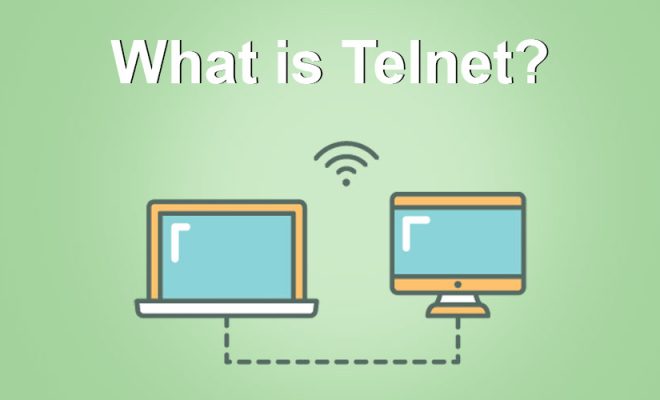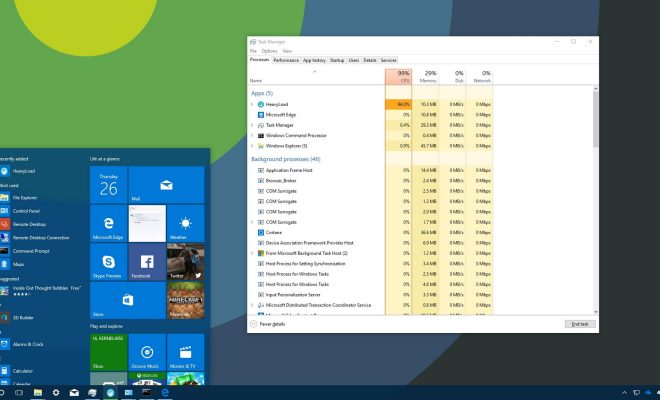What Exactly Is Telnet and What Does It Do?

Telnet is one of the oldest network protocols and is still in use today. It is a client-server program that is designed to enable remote access to computers, routers, and other networking devices over a TCP/IP network. Telnet allows users to connect to a remote device and interact with it using a command-line interface.
The purpose of Telnet is to provide a simple way to establish a remote connection with a device on a network. Typically, this would be a device that does not have a graphical interface, such as a router or a server. With Telnet, users can log in to a remote device using a command-line interface and execute commands as if they were physically present at the machine.
Telnet is typically used by IT professionals, network engineers, and administrators who need to perform configuration changes or troubleshoot issues remotely. However, it can also be used by regular users who want to perform tasks on a remote machine, such as downloading or uploading files.
One of the advantages of Telnet is that it is a lightweight protocol that requires minimal resources to run. This makes it ideal for use on older or slower computers that may not be able to handle more complex protocols.
However, Telnet does have some security concerns. Because it transmits data in plain text, it is vulnerable to interception and eavesdropping. This means that confidential information, such as passwords or login credentials, can be easily intercepted and read by unauthorized parties.
As a result, many network administrators and security experts recommend using alternative protocols, such as Secure Shell (SSH), which provides encryption and other security features that Telnet lacks.
In summary, Telnet is a simple protocol that provides users with a way to establish a remote connection with a device on a network. It is a lightweight option that is still in use today, but it does have security concerns that may make it unsuitable for sensitive applications. As such, users should carefully consider their security needs before implementing Telnet in their network environment






